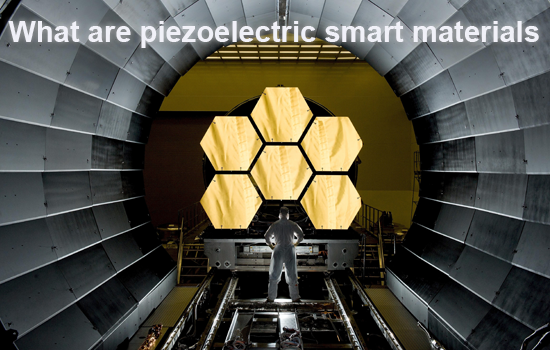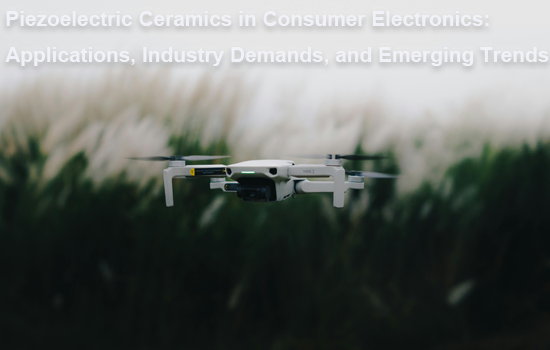Пьезоэлектрические смарт-материалы: анализ рынка и применения
Смарт-материалы — это передовые материалы, свойства которых меняются в ответ на внешние воздействия. Они обладают адаптивностью, самочувствием и памятью. Такие материалы могут изменять свою конфигурацию, структуру, электрические характеристики и даже функционал, реагируя на импульсы из окружающей среды. Их также называют «интеллектуальными» или «адаптивными». К ним относятся пьезоэлектрики, полимеры с памятью формы и магнитострикционные материалы.
Пьезоэлектрические смарт-материалы
Пьезоэлектрики — это тип смарт-материалов, способных преобразовывать механическую энергию в электрическую и наоборот. Их уникальные свойства делают их идеальными для медицинской визуализации, датчиков, актуаторов и систем энергосбережения. Годовой оборот рынка составляет почти 10 миллиардов долларов. Отрасль уже полвека доминирует высокоэффективной керамика на основе цирконата-титаната свинца (PZT).
Производители пьезоэлектрических материалов
- APC International Ltd. (США) — индивидуальное производство
- Physik Instrumente (PI) GmbH & Co. KG (Германия) — серийное и индивидуальное производство
- Johnson Matthey Piezo Products GmbH (Германия) — поставки и производство
- Piezo Technologies (США) — индивидуальное производство
- He-Shuai (Китай) — серийное и индивидуальное производство, поставки
Анализ рынка
Ожидается, что среднегодовой темп роста (CAGR) мирового рынка пьезоэлектрических смарт-материалов превысит 3% в прогнозируемом периоде 2022-2027. Пандемия COVID-19 негативно повлияла на рынок в 2020 году, но ситуация стабилизировалась в 2021-2022 гг.
Растущий спрос в военном и аэрокосмическом секторах является драйвером роста рынка. Высокая стоимость материалов сдерживает рост. Развитие нанотехнологий открывает новые возможности. Северная Америка, как ожидается, удержит крупнейшую долю рынка.
Отраслевой анализ: самый быстрый рост в аэрокосмической и оборонной промышленности
В аэрокосмической отрасли пьезоматериалы используются для управления воздушным потокам крыльев, подавления вибраций двигателей, снижения шума в кабине и борьбы с обледенением. Согласно прогнозу Boeing, к 2041 году потребуется более 41170 новых самолетов. Рост производства самолетов увеличивает спрос на современные материалы, что стимулирует потребление пьезоэлектрических смарт-материалов.
В военном секторе материалы применяются в смарт-сенсорах, интеллектуальных нанороботах, боевых костюмах и «умной» коже.
Заключение
Пьезоэлектрические смарт-материалы — это ценный актив для многочисленных отраслей. Рынок ожидает устойчивый рост, подпитываемый развитием аэрокосмической промышленности, строительного сектора, здравоохранения и военных технологий. Несмотря на высокую стоимость, рынок готов заработать на растущем спросе. Северная Америка сохраняет лидирующую позицию, открывая значительные возможности для инвестиций.




